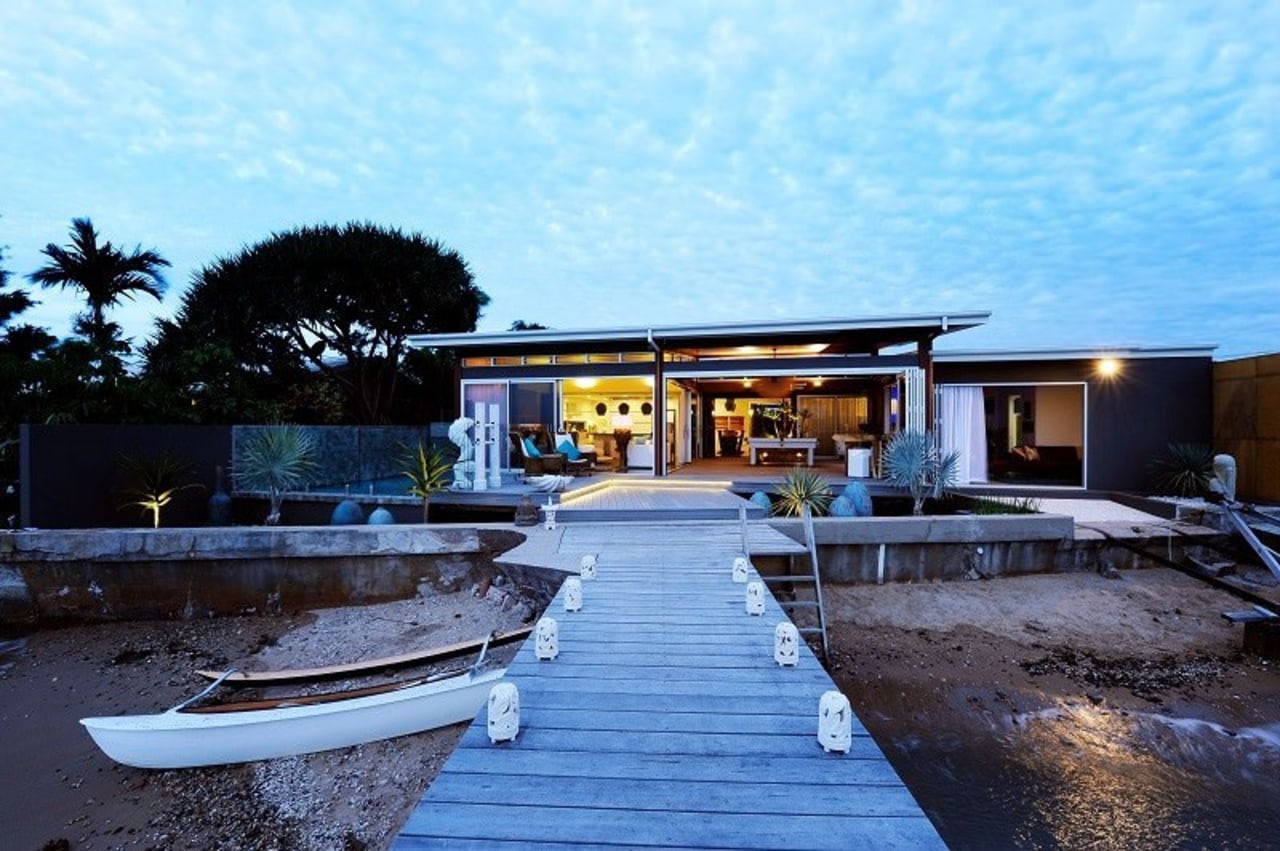6 things to consider when building your dream beach house
Elizabeth McIntyre shares what to think about when it comes time to build your own beach retreat
By Elizabeth McIntyre, CEO of Think Brick AustraliaMany of us dream about living by the beach and one day building our very own beach house. However, building in coastal areas, which can be harsh, requires unique considerations compared to building in other areas, particularly when it comes to building materials.
Along with more opportunities for sun bathing, swimming and fishing, beach-side living brings with it the corrosive elements of wind, salt and moisture which can be damaging on normal building materials. If you’re planning your dream beach house, here’s what you need to keep in mind when it comes to building close to the beach.1. The type of building materialsWhen building close to the coast it’s best to opt for corrosive-resistant materials that are durable, weather well and are capable of withstanding the harsher conditions, including higher salt exposure, humidity and moisture as well as strong winds. For instance, buildings built using fired clay bricks are weatherproof and age proof, requiring virtually no up keep or repairs. It is recommended if you are building one kilometre off a surf coast or 100 metres off a non-surf coast to use exposure grade bricks. These bricks are made to withstand high salt conditions. Other materials to consider when building by the beach include concrete and timber-look composite products which also have good anti-corrosive properties. When in doubt look for products that are rated ‘marine grade’ or ‘marine conditions’ which means it has been formulated or treated for use on or by the sea.2. RoofingThe roofing material is a key form of protection against the harsh conditions experienced in a marine environment. The choice of a material that is strong and durable, while still adding to the aesthetic appeal desired, is an important decision when planning your dream beach house.
Concrete and terracotta roof tiles are highly durable and corrosion resistant; they won’t wear away when subjected to the salty conditions and this is backed by the manufacturer, providing a warrantee on the performance of tiles for up to 50 years. Furthermore, terracotta tiles are extremely resistant to colour fading due to the high temperatures they’re fired at. Additionally, roof tiles are great at keeping out rainfall noise and have proven resistance to wind uplift. 3. Windows and glazingApart from framing your perfect ocean view, the type of windows and glazing you choose is important, especially since coastal homes are more vulnerable to strong winds. Every building should be assessed for wind load requirements. Wind loads can be the deciding factor for the type of glazing that will be required. In many coastal areas cyclone-rated windows and glazing is required but regardless of where you build, opt for impact-rated glass that can hold up under the pressure of high winds and storms. This type of glass has a layer of shatter-proof laminate. In addition, to aid in improving thermal performance, you may want to opt for double-pane windows.
4. Smart designThe design of your home is an important consideration when building by the beach. Of course, you’ll want your home to take full advantage of any sea views while also taking into account clever solar passive design principals. Design elements that can help protect you from harsh winds include longer overhangs on your roof and fewer windows on the wind-facing walls will help to minimise the impact. You should also be taking into account the movement of the sun so you can take advantage of the warming winter sun and be protected from the summer heat. 5. Metal fixturesThe higher level of moisture and salt in coastal areas means that rust plays a big factor in maintaining any metal used in your building materials. Opt for using marine-grade stainless steel for all metal fixtures, fastenings and frames. Keep in mind stainless steel still needs ongoing maintenance as any external surface that is not normally washed by rain (for example eaves) will need regular hosing off. In extreme instances, some metal fixtures may need to be replaced so make sure part of your regular maintenance routine includes checking for corrosion on any metal elements, including outdoor lights, outdoor showers, fastenings, railings, and the list goes on. 6. Local building regulationsLocal councils usually have different regulations for building in coastal areas. These could include how far from the beach you can build, the style of home, glazing choices, roof structures and also the types of building materials to be used. Before starting any new build or renovation project make sure you check with your local council or building regulation body to understand your obligations so you can ensure building approval for your dream beach house. About Think Brick AustraliaThink Brick Australia represents Australia’s clay brick and paver manufacturers. The Australian brick industry is worth $2.8 billion and employs 30,000 people. Each year the Think Brick Awards encourages architects, designers and builders to rethink brick, concrete masonry and roof tiles as contemporary and sustainable design materials. www.thinkbrick.com.au
Story by: Trends
Home kitchen bathroom commercial design
Personality plus
Diving into nature
Classic looks, contemporary efficiency



